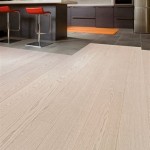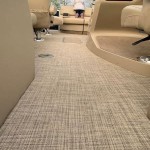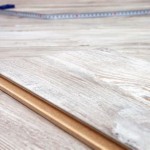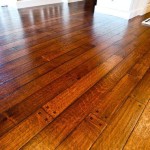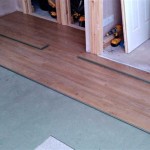Asbestos in Linoleum Sheet Flooring: Essential Considerations
Linoleum sheet flooring, a durable and versatile flooring option, has been widely used in homes and commercial buildings for decades. However, it is crucial to be aware of the potential presence of asbestos in older linoleum flooring, as it was commonly used as a reinforcing agent until the late 1970s.
Asbestos is a naturally occurring mineral that was widely used in building materials due to its fire resistance and durability. However, it is now known to be a known carcinogen, and exposure to asbestos fibers can lead to serious health problems, including lung cancer, mesothelioma, and asbestosis.
While asbestos-containing linoleum flooring is not inherently dangerous if it is in good condition and remains undisturbed, any damage or wear to the flooring can release asbestos fibers into the air. These fibers can be inhaled or ingested, increasing the risk of exposure.
Identifying Asbestos in Linoleum Flooring
Identifying asbestos in linoleum sheet flooring can be difficult as it is not always visible to the naked eye. If you suspect that your flooring may contain asbestos, it is essential to have it professionally tested by a qualified laboratory.
There are some indicators that may suggest the presence of asbestos in linoleum flooring. Older flooring (installed before the late 1970s) is more likely to contain asbestos. Additionally, linoleum flooring with a backing that is black or dark brown is more likely to contain asbestos than flooring with a light-colored backing.
Risks Associated with Asbestos in Linoleum Flooring
Exposure to asbestos fibers from damaged or disturbed linoleum flooring can pose significant health risks. The most serious risk is lung cancer, with mesothelioma being the most aggressive form of lung cancer associated with asbestos exposure.
Asbestos exposure can also lead to asbestosis, a progressive scarring of the lungs that can cause shortness of breath, wheezing, and coughing. Asbestosis can develop after long-term exposure to low levels of asbestos fibers.
Managing Asbestos in Linoleum Flooring
If you have linoleum flooring that contains asbestos, it is important to manage it safely to minimize the risk of exposure. The best approach is to leave the flooring undisturbed if it is in good condition.
However, if the flooring is damaged or needs to be removed, it is crucial to hire a licensed and certified asbestos abatement contractor to remove and dispose of the flooring safely.
By understanding the risks associated with asbestos in linoleum sheet flooring and following appropriate safety measures, you can mitigate the potential health hazards and ensure the safety of your indoor environment.

How To Identify Remove Asbestos In Linoleum Flooring Ferro

Asbestos Vinyl S History Dangers Abatement

Asbestos Felt Dangerous In Roofing Flooring Paper Mills

Asbestos Regulations And What You Need To Know

Asbestos Floor Tiles What Does In Flooring Look Like

Asbestos Vinyl S History Dangers Abatement

The Truth About Asbestos Vinyl Flooring Chemcare

Asbestos Vinyl S History Dangers Abatement

Vinyl Floor Tiles And Covering Asbestos

Asbestos Flooring Gallery Acorn Ytical Services



